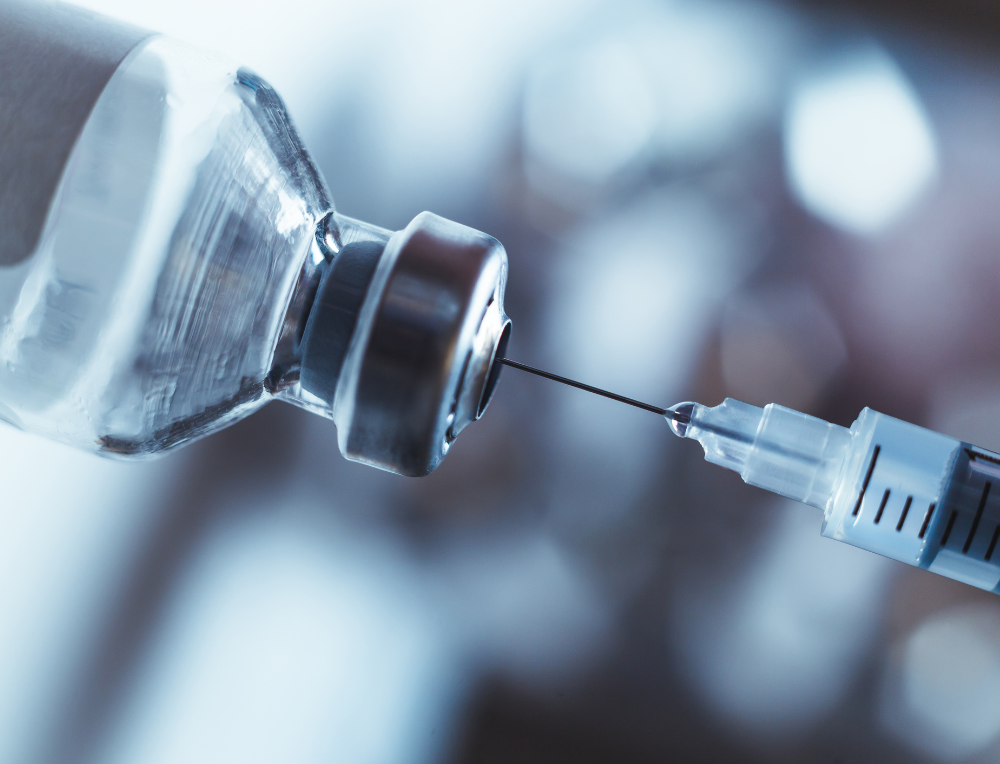Overcoming Barriers: Financing and Service Delivery for Vaccination in Fragile and Conflict-Affected States

(Reuters Health) – A new, small study suggests medicinal marijuana may impair users’ driving skills – but might be missed by typical sobriety tests.
At doses used in AIDS, cancer and pain patients, people weaved side to side more and had a slower reaction time in the hours after using the drug, researchers from the Netherlands found.
For people who hadn’t built up a tolerance to marijuana, those effects were similar to driving with a blood alcohol content of 0.08, the point at which drivers are considered legally impaired, they said.
“At this time, we know very little about the possible effects that medical marijuana may have on, say, motor vehicle crash rates, injury rates and mortality rates,” said Dr. Guohua Li, who has studied marijuana and traffic accidents at Columbia University in New York but wasn’t involved in the new research.
“There is a concern medical marijuana may interact with other drugs such as alcohol that may further compromise driving safety,” he added.
The new study involved 12 frequent marijuana users and 12 occasional (three times a month at most) smokers. At three different points, researchers led by Wendy Bosker of Maastricht University gave each of the participants either a 20 milligram or 10 mg pill of dronabinol – medical marijuana – or a drug-free placebo pill.
Two to four hours later, participants completed a series of driving tests, including trying to maintain a constant speed and drive in a straight line, or follow at a constant distance behind another car. They also went through a typical highway sobriety test, involving walking and turning and balancing on one leg.
Participants tended to weave a few centimeters side to side when under the influence, but the impairment was smaller in those who were used to doing pot regularly. After using medical marijuana people also took a second or so longer to react when following another car – although that effect could have been due to chance, the researchers reported in the journal Addiction.
The highway sobriety tests, however, didn’t pick up any impairment due to marijuana.
LAWS
Dronabinol, marketed as Marinol, is intended to have a slower onset than pot used recreationally and can leave people feeling “high” hours after they take it.
“It lasts longer in the oral form, so people are likely to remain impaired for longer periods,” said Dr. Barth Wilsey, who studies marijuana for pain relief at the University of California, Davis.
Wilsey, who didn’t work on the new study, noted that the doses of dronabinol used in it were the highest allowed, and patients usually are started on lower doses.
“You can go to once a day dosing at bedtime, two and a half milligrams if you’re having side effects,” he told Reuters Health – and then impairment while driving wouldn’t be a concern.
Generic dronabinol costs about $4 for each low-dose pill, or up to $15 per high-dose pill.
Medical marijuana is currently legal in 17 states and Washington, D.C.
Li told Reuters Health most states that have legalized medical marijuana have a provision under the law that people shouldn’t drive under the influence.
How well that provision is enforced, and how closely people who use medical marijuana comply with it, is another question, Li said. As the new study shows, “There’s no easy way right now to tell if someone is under the influence of marijuana.”
Researchers are working on such tools, Li said, but they may be years away from being ready for use in the real world.
SOURCE: bit.ly/MkUmR0 Addiction, online July 12, 2012.
http://reut.rs/Q2Zm0e